
of Social and Behavioral Science

1920s

Immigration
1930s
Social Insurance

1940s

Discrimination
1950s

Development
1960s

Green Revolution
1970s

Education
1980s

Poverty
1990s

Climate Change
2010s

Democracy
2020s
Pandemics

1920s

Immigration
1930s

Social Insurance
1940s

Racial
Discrimination
1950s

Economic
Development
1960s

The Green
Revolution
1970s

Education
1980s

Persistent Poverty
1990s

Climate Change
2010s

Democracy
2020s
Pandemic Response
of Social and Behaivoral Science

1920s

Immigration
1930s
Social Insurance

1940s

Discrimination
1950s

Development
1960s

Green Revolution
1970s

Education
1980s

Poverty
1990s

Climate Change
2010s

Democracy
2020s
Pandemics

The Founding
“...the histories of the social sciences which will be published when our grandchildren are growing gray will record that in the late 1920's a remarkable development took place in these fields in the United States of America.”
— SSRC Chairman Wesley Mitchell, 1927
“...the histories of the social sciences which will be published when our grandchildren are growing gray will record that in the late 1920s a remarkable development took place in these fields in the United States of America.”
— Social Science Research Council President Wesley Clair Mitchell, 1927
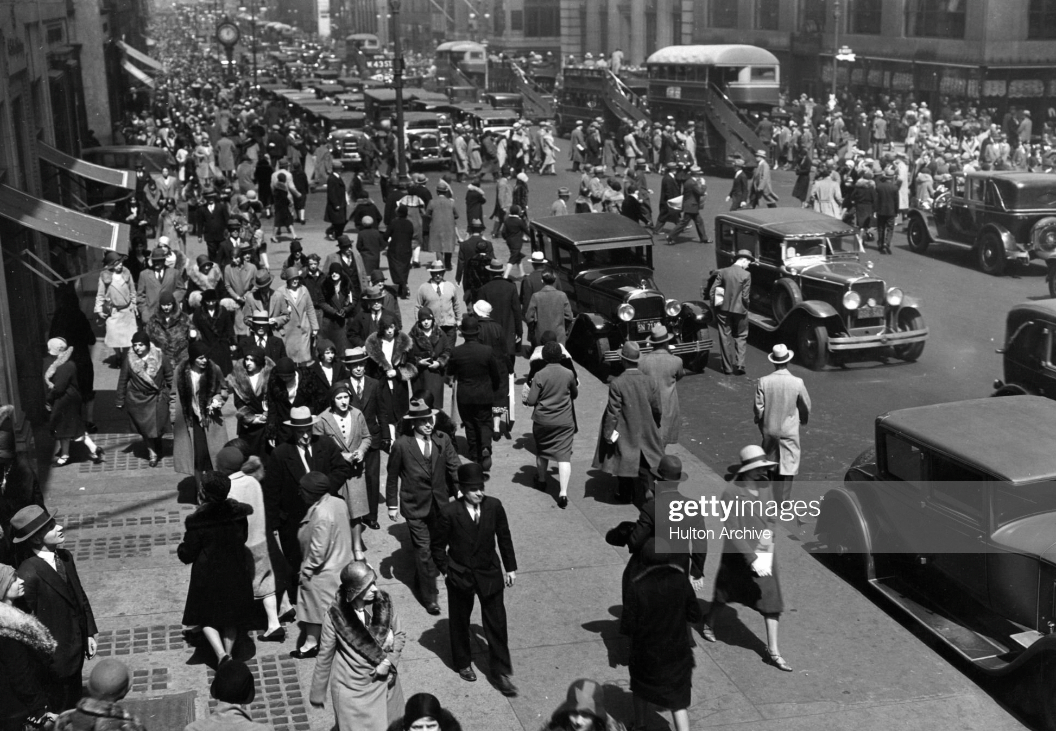
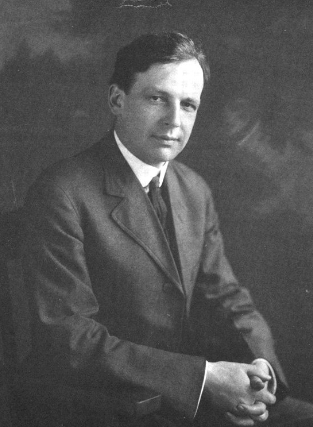
The Founding


The Founding
“...the histories of the social sciences which will be published when our grandchildren are growing gray will record that in the late 1920's a remarkable development took place in these fields in the United States of America.”
The Founding | 1920 | 1930 | 1940 | 1950 | 1960 | 1970 | 1980 | 1990 | 2000 | 2010 | 2020
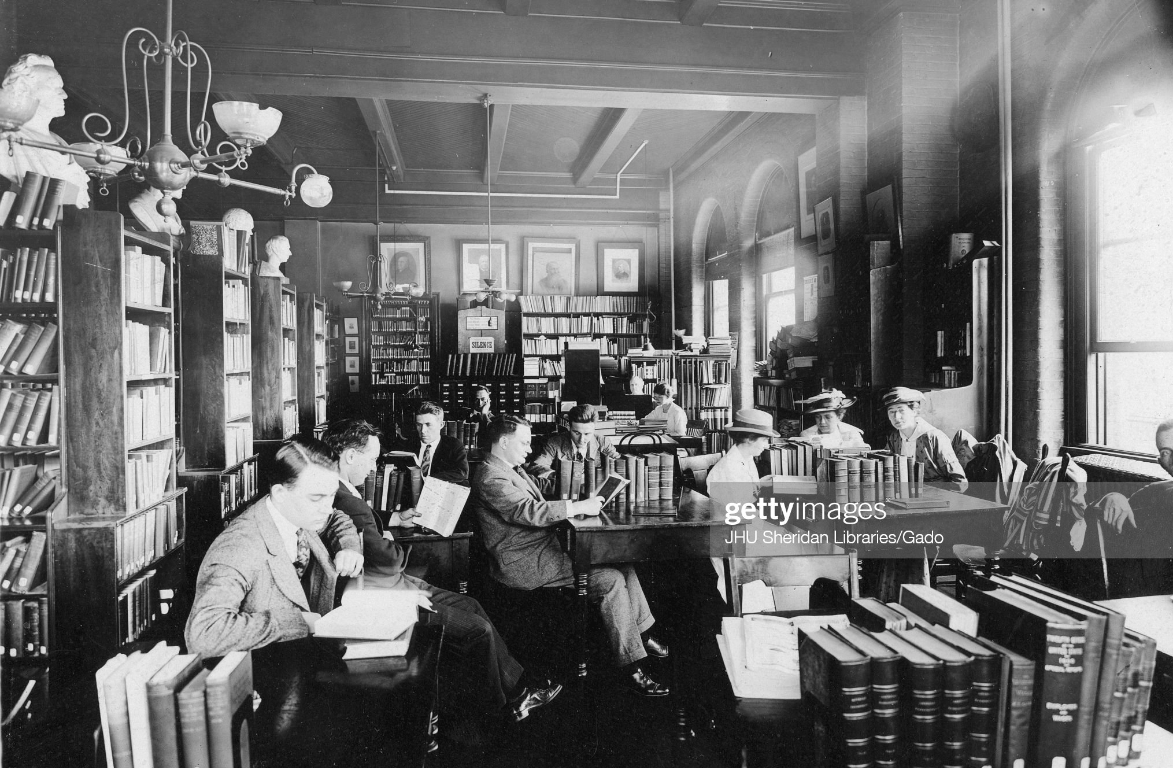
— SSRC Chairman Wesley Mitchell, 1927
In December 1921, the American Political Science Association appointed a committee chaired by Charles E. Merriam of the University of Chicago to consider the state of policy-relevant social and behavioral science. The committee’s first report identified a number of challenges to producing credible and reliable social and behavioral science that could guide public policy:
“The absence of what in natural science is called the controlled experiment”
“The difficulty of isolating…phenomena sufficiently to determine precisely the causal relations between them”
“Lack of sufficiently precise standards of measurement”
“Tendency toward race, class, nationalistic bias in the interpretation of data available”
“Lack of comprehensive collections of data”

To tackle these challenges, the committee recommended the formation of a “Social Science Research Council” consisting of representatives from multiple disciplinary associations. The Council would advance “the development of scientific methods in the social sciences” by mobilizing social and behavioral scientists to search for solutions to important societal problems.
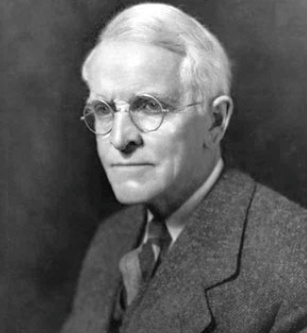
“…the best way to promote the growth of the social sciences is to participate in formulating and studying specific problems which are now in a stage to be worked on effectively.”
Wesley Clair Mitchell
— Social Science Research Council President Wesley Clair Mitchell
The American Economic Association, American Political Science Association, American Sociological Association, and American Statistical Association sent representatives to the first meetings of the Social Science Research Council in 1923. In 1925, representatives from the American Anthropological Association, American Historical Association, and the American Psychological Association joined the Council.







At the 100th anniversary of the Council’s founding, we are proud to honor its founders and to celebrate the achievements of policy-relevant and solutions-oriented social and behavioral science. Every month, Frontiers in Social & Behavioral Science will feature new articles from the most recent issues of each founding association’s flagship journal.

Investing in the Next 100 Years
Investment in the social and behavioral sciences ensures that we can address the pressing issues of today and anticipate the challenges that humanity will face tomorrow. As we mark the end of one century driving research for the public good, we are launching an ambitious $100 million campaign that will mobilize the next generation of social and behavioral scientists.
Friday, January 27, 2023 | 1:00pm Eastern, via Zoom
What Can Linked Administrative Data Sets Teach Us About Eviction And Poverty In America?
A lecture by Winnie van Dijk, Yale University
Thursday, August 24, 2:00 pm Eastern, via Zoom
Social Science Research Council
300 Cadman Plaza West, 15th Floor
Brooklyn, NY 11201, USA
212-377-2700
Social and behavioral science
for the public good.
The Social Science Research Council, a nonpartisan nonprofit founded in 1923 by seven professional associations in the social and behavioral sciences, mobilizes policy-relevant social and behavioral science for the public good.
The Founding
In 1923, a group of visionary representatives from the American Economic Association, the American Sociological Association, the American Political Science Association, and the American Statistical Association came together to found the Social Science Research Council, a first-of-its-kind organization designed to support scientific innovation across the disciplines and the translation of research into policy.
In December 1921, the American Political Science Association appointed a “Committee on Political Research” chaired by Charles E. Merriam of the University of Chicago. The Committee’s first report identified a number of challenges to progress in the social and behavioral sciences:
"Tendency toward race, class, nationalistic bias in the interpretation of
data available”
“Lack of comprehensive collections of data”
“Lack of sufficiently precise standards of measurement”
“The absence of what in natural science is called the controlled experiment”
“The difficulty of isolating…phenomena sufficiently to determine precisely the causal relations between them”
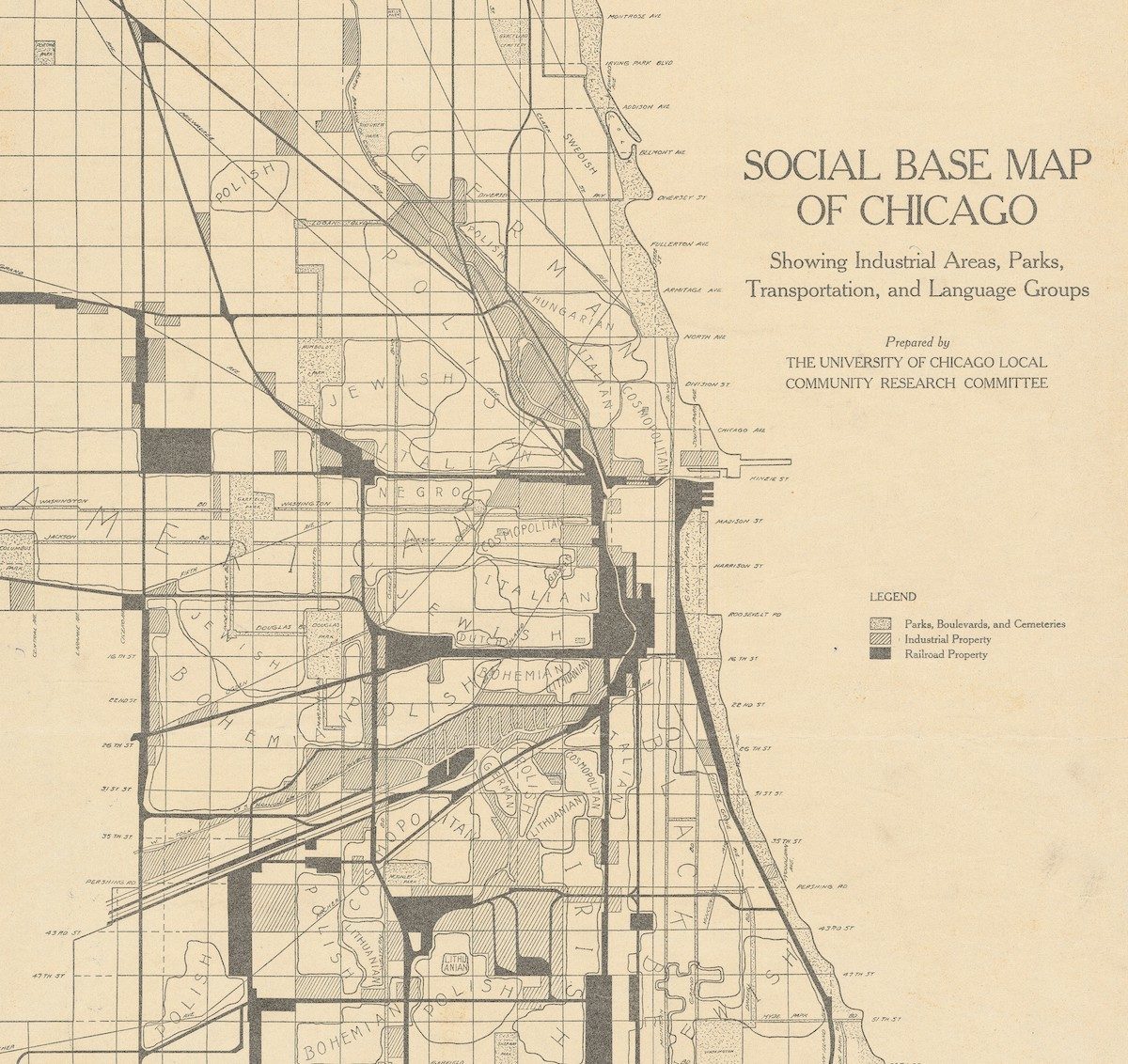
“…the best way to promote the growth of the social sciences is to participate in formulating and studying specific problems which are now in a stage to be worked on effectively."
Charles E. Merriam
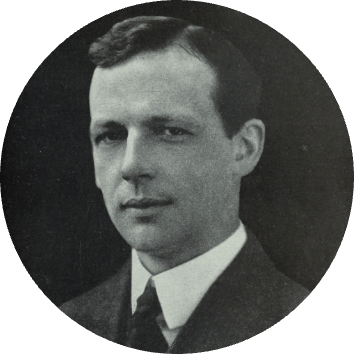
“The problem of social behavior is essentially one problem, and while the angles of approach may and should be different, the scientific result will be imperfect unless these points of view are at times brought together in some effective way, so that the full benefit of the multiple analysis may be realized.”
Wesley C. Mitchell
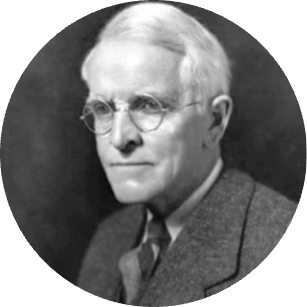
"It was the belief of the committee that the formation of such a council in which the various social sciences were represented would prove a powerful factor in the more adequate organization of social research and in the development of scientific methods in the social sciences"
In December 1921, the American Political Science Association appointed a “Committee on Political Research” chaired by Charles E. Merriam of the University of Chicago. The Committee’s first report identified a number of challenges to progress in the social and behavioral sciences:
“Lack of comprehensive collections of data”
"Tendency toward race, class, nationalistic bias in the interpretation of data available”
“Lack of sufficiently precise standards of measurement”
“The difficulty of isolating…phenomena sufficiently to determine precisely the causal relations between them”
“The absence of what in natural science is called the controlled experiment”
The Founding

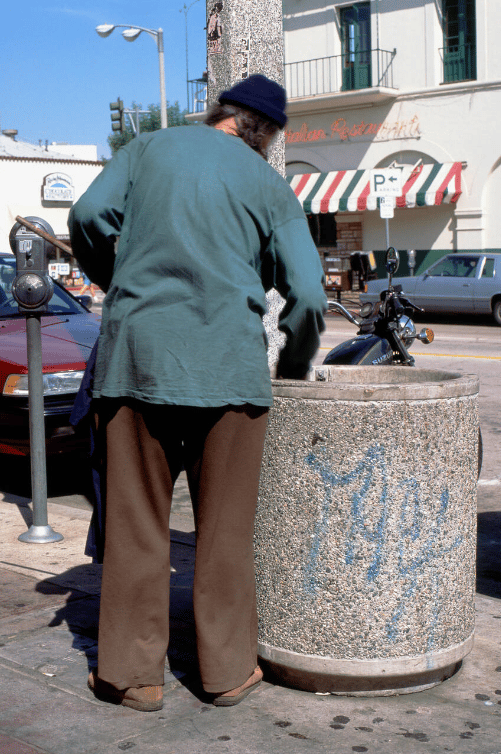
The Founding
Social and behavioral scientists have continued to make progress in identifying interventions that can disrupt the trajectories of persistent intergenerational poverty.
Analysis of local changes in wages reveals that increased migration to higher-wage areas could disproportionately increase incomes for low-income, Black, and Hispanic workers.

Randomized housing vouchers offered to families to move to lower-poverty neighborhoods increased college attendance and earnings and reduced single parenthood rates among children who moved when young.

A randomized evaluation of a Seattle program offering support to move to higher-opportunity neighborhoods increased moving rates by 38 percentage points, leading to large projected increases in family income.
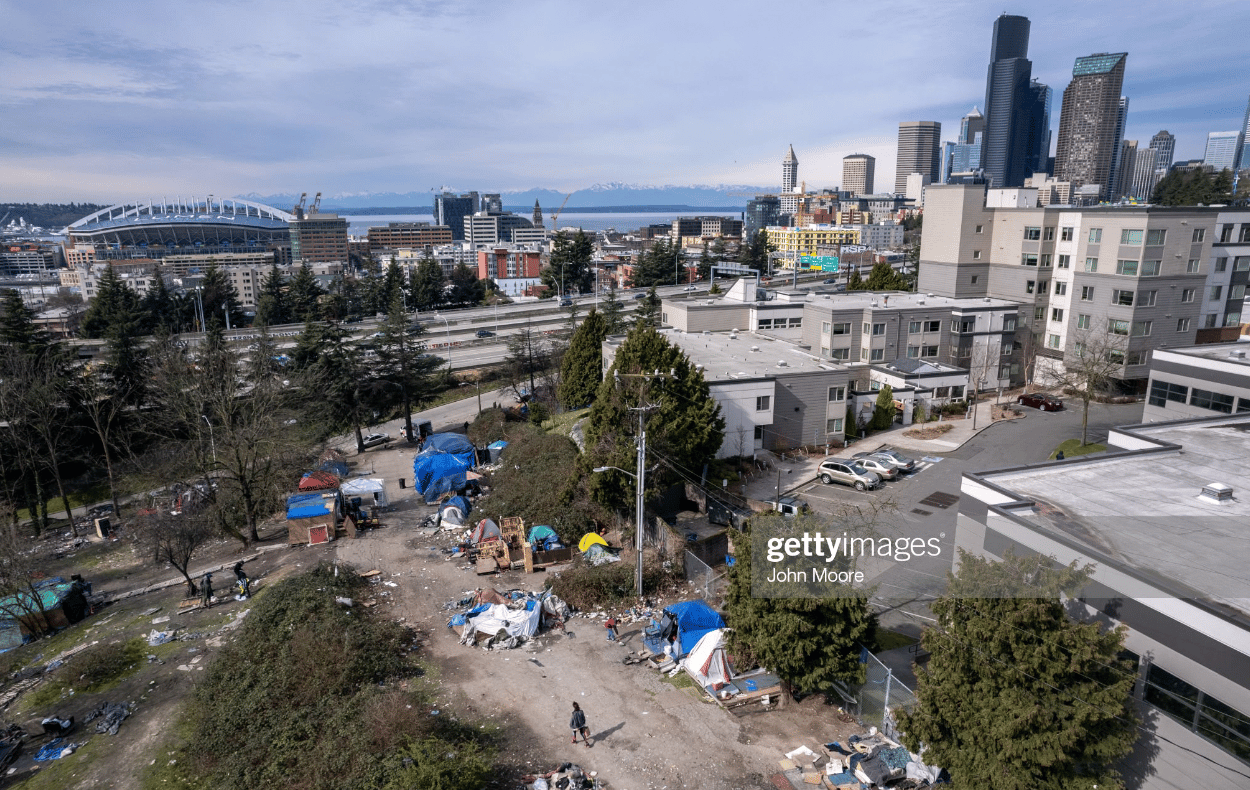
Queensbridge housing projects, New York City.
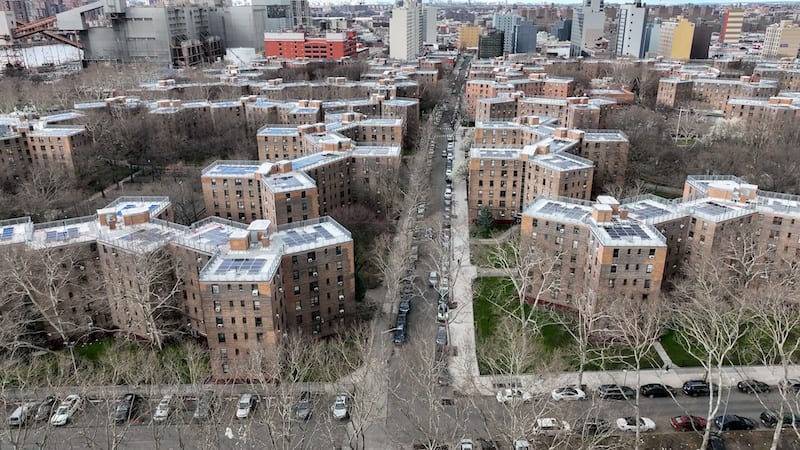
“...the histories of the social sciences which will be published when our grandchildren are growing gray will record that in the late 1920s a remarkable development took place in these fields in the United States of America.”
The Founding


The Founding



